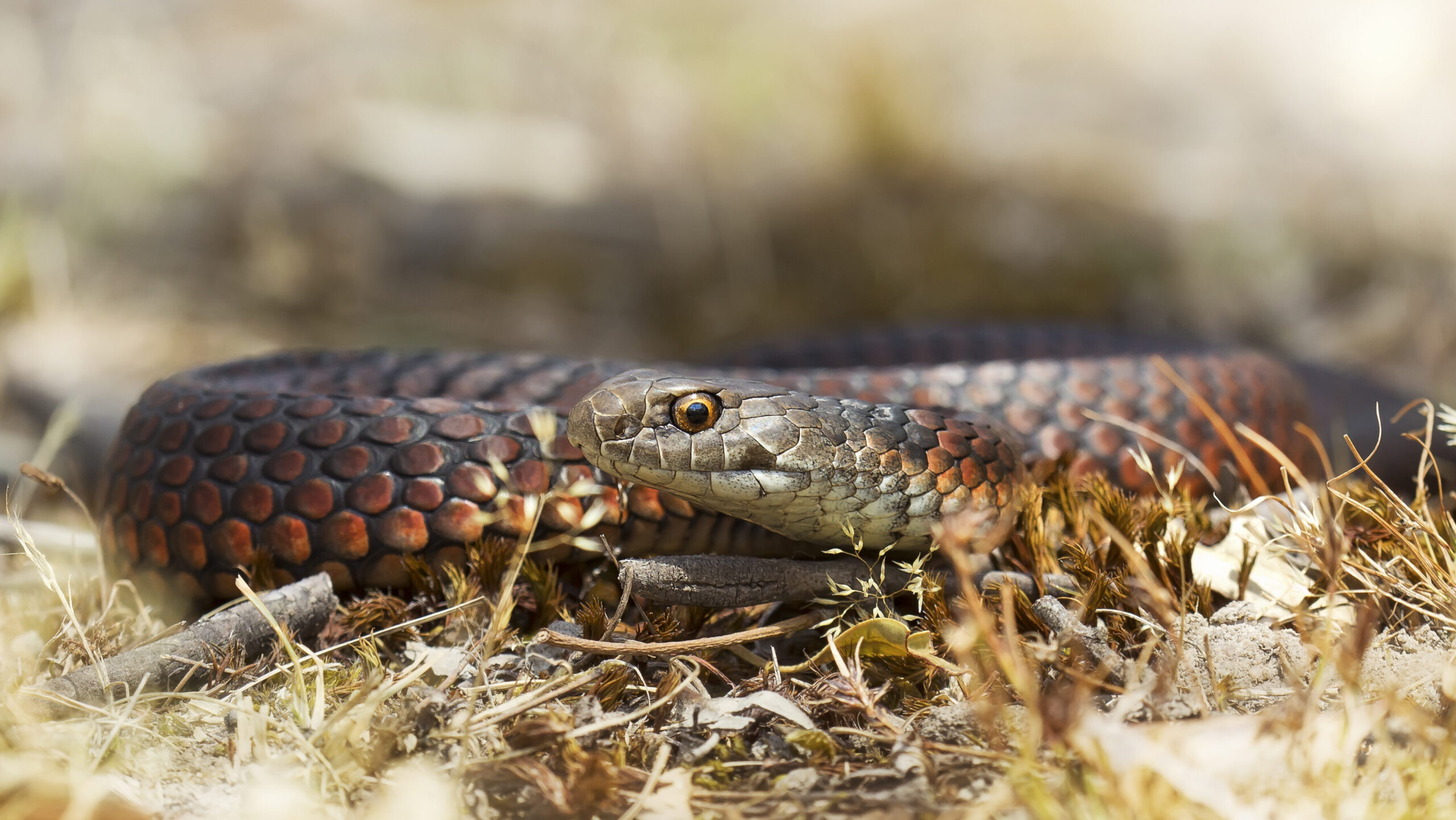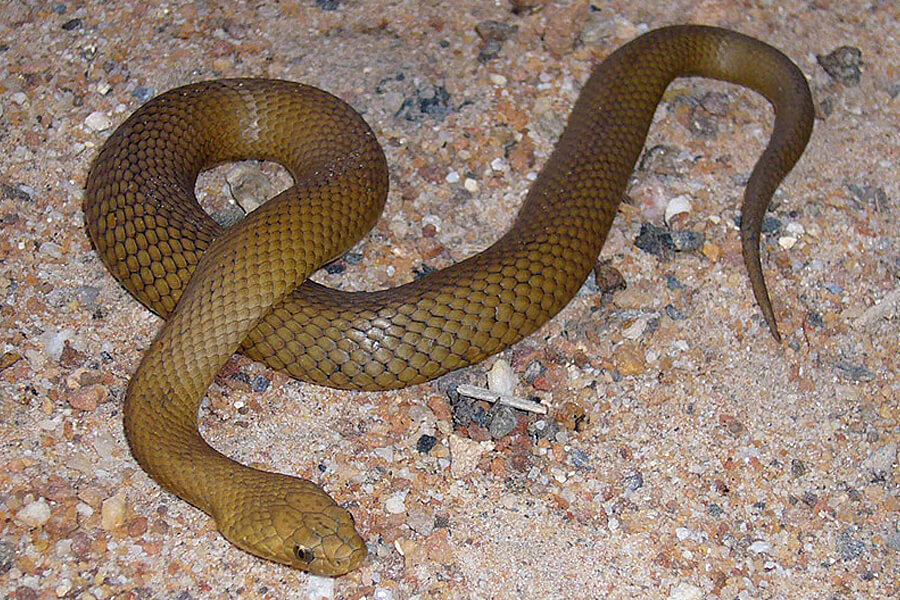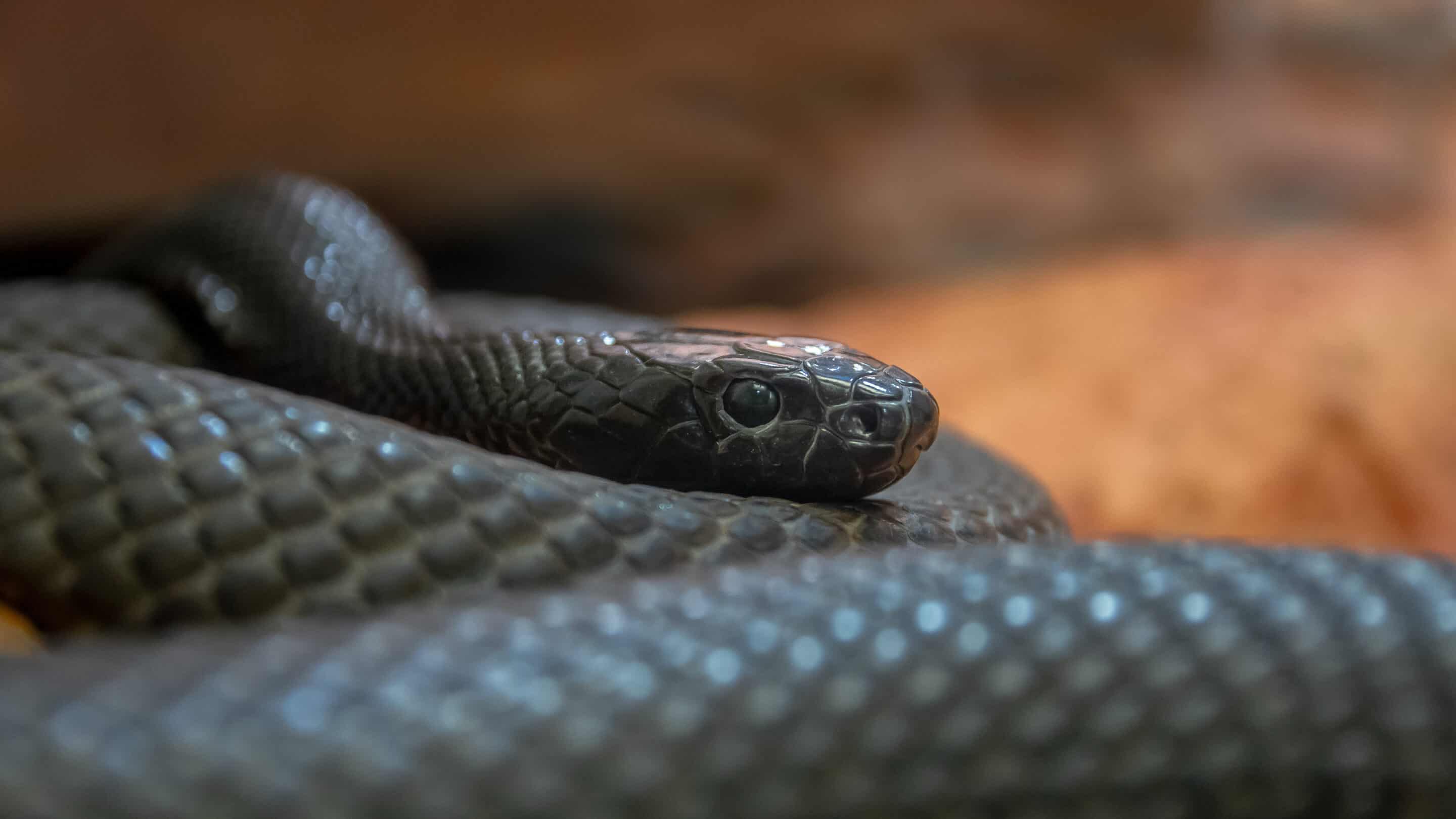Introduction
The Tasmanian tiger snake, clinically known as Notechis scutatus, is one of Australia's the majority of appealing reptiles. Discovered largely in Tasmania and its surrounding islands, this snake has amassed interest not only for its striking appearance but additionally for its complicated habits and essential function in the ecological community. This article will discover the various facets of the Tasmanian tiger snake's habitat, actions, anatomy, and interactions with people while providing essential information regarding safety measures in case of a snake bite.

Whether you're a researcher, a wild animals enthusiast, or just someone curious regarding these fascinating animals, this thorough guide assures to provide understandings that are both interesting and engaging. So allow's embark on this journey to recognize the Tasmanian tiger serpent better!

The Tasmanian Tiger Snake: An Overview
Physical Characteristics of the Tasmanian Tiger Snake
Tiger snakes are identified by their distinctive coloration and patterns. They commonly show a mix of yellow or cream stripes on a dark brown or black background-- thus the name "tiger." Adult tiger serpents can mature to approximately 2.1 meters long, although many people average around 1.5 meters.
Key Attributes:

- Coloration: Varies from dark brown to olive environment-friendly with lighter bands. Size: Adults normally vary from 1.2 to 2.1 meters. Head Forming: Noticeably broad with noticeable eyes.
Distribution and Habitat of the Tasmanian Tiger Snake
The Tasmanian tiger serpent mostly populates coastal areas, marshes, marshes, and meadows in Tasmania. It flourishes in environments where it can easily gain access to water sources because it is frequently found near streams or lakes.
Habitat Preferences:
- Wetlands: Suitable for searching target like frogs and tiny mammals. Coastal Locations: Offers abundant food resources. Grasslands: Gives cover and basking spots.
Understanding Tiger Serpent Behavior
Feeding Practices of the Tasmanian Tiger Snake
Tiger snakes are carnivorous and opportunistic feeders. Their diet plan consists mainly of frogs, fish, Immobilization tiny mammals, and birds. They count on their eager sight and swift motions for hunting.
Dietary Failure:
- Frogs: A primary component because of wealth in wetland habitats. Fish: Often captured when swimming in superficial waters. Small Creatures: Sometimes take advantage of rodents.
Breeding Actions of the Tasmanian Tiger Snake
Tiger serpents have an interesting reproductive cycle. Mating normally takes place in spring after arising from hibernation. Female tiger snakes give birth to live young instead of laying eggs, which is somewhat distinct amongst reptiles.
Reproductive Cycle:
- Mating Period: Spring (September to November). Gestation Duration: Roughly three months. Litter Dimension: Ranges from 20 to 40 infant tiger snakes.
Aggression and Defense Mechanisms of the Tasmanian Tiger Snake
Though they can be hostile when endangered, tiger serpents usually favor to pull away rather than challenge risk straight. Their primary defense mechanisms include biting when caught or displaying their size through hissing.
Defensive Strategies:
- Hissing Sound: A caution signal suggesting distress. Bite Response: A last option when retreat options are limited.
Are Tiger Snakes Venomous? Understanding Their Venom
Venom Structure and Effects
Yes! The Tasmanian tiger snake is poisonous. Its poison contains neurotoxins that can trigger serious injury or perhaps fatality if left neglected. The impacts of a bite can include paralysis, swelling at the bite site, nausea, and various other systemic symptoms.
Venom Qualities:
- Neurotoxic Components: Influence nervous system functioning. Hemotoxic Results: Can bring about cells damage.
Common Signs and symptoms Following a Tiger Serpent Bite
Recognizing symptoms quickly is vital for effective first aid monitoring after a serpent bite:
- Severe pain at bite site Swelling Nausea or vomiting Difficulty breathing
First Aid for Serpent Bites: What You Need to Know
Immediate Steps After a Tiger Snake Bite
In case you come across a situation including a tiger snake bite, it's crucial to act quickly: tasmanian tiger snake
Call emergency situation services immediately. Keep the affected limb incapacitated in mind level. Remove limited clothes or precious jewelry around the bite site.Creating Your Snake Bite Emergency Treatment Kit
Having an appropriately stocked first aid package can make all the distinction during emergencies:|Item|Objective|| ------|---------|| Compression plaster|To debilitate arm or leg|| Splint|To support injured area|| Antiseptic wipes|For cleaning up injuries|
FAQs Concerning the Tasmanian Tiger Snake
What do baby tiger snakes eat?
Baby tiger serpents mostly prey on small insects and amphibians till they expand big enough to quest larger victim like frogs or little fish.
How unsafe is a tiger snake bite?
A tiger serpent bite can be exceptionally unsafe because of its powerful poison; instant medical interest is crucial for survival.
Where are eastern tiger snakes found?
Eastern tiger snakes live in coastal regions across southeastern Australia yet are much less common than their Tasmanian counterparts.
What should I do if I see a tiger snake?
Maintain your range; do not try to handle it unless you're educated to do so-- most bites take place throughout efforts at capture or mishandling.
Can I endure without antivenom after being bitten?
While some people might endure without antivenom depending upon various elements such as health and wellness conditions and time considered therapy; seeking immediate medical assistance is constantly recommended as it substantially increases survival chances.
Are there any certain safety measures I should take while hiking in Tasmania?
Always use sturdy boots, stay on significant trails, stay clear of tall turf where visibility may be restricted; acquaint yourself with neighborhood wild animals before going out right into nature!
Conclusion
The Tajamanian tiger serpent represents a vital part of Australia's rich biodiversity landscape both ecologically as predators and culturally as symbols within Australian mythology. Recognizing their environment preferences together with actions provides understanding into just how we can exist together safely while respecting wildlife limits-- bearing in mind that recognition leads us towards much safer adventures outdoors!
By staying informed about possible risks such as envenomation from attacks while also taking preventive measures ensures favorable experiences when experiencing these fascinating creatures!
In conclusion, whether you're intrigued by https://open.substack.com/pub/sergioqvma787/p/the-significance-of-antivenom-manufacturing?r=4o91rx&utm_campaign=post&utm_medium=web&showWelcomeOnShare=true their striking look or captivated by their complicated behaviors-- the Tasmanian tiger snake unquestionably deserves acknowledgment past simple fascination-- it envelops nature's beauty intertwined elaborately within our ecosystems!